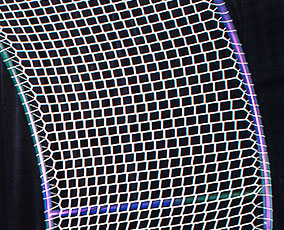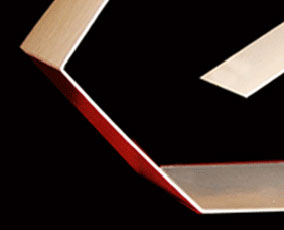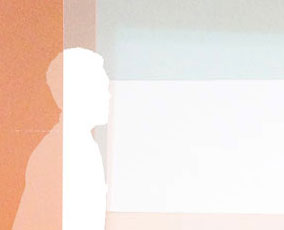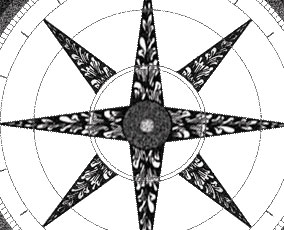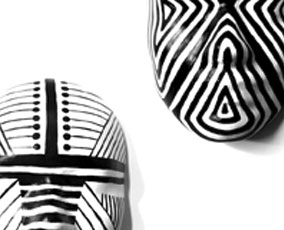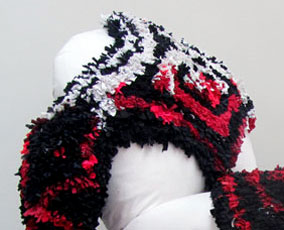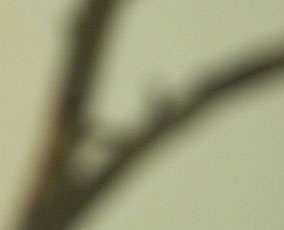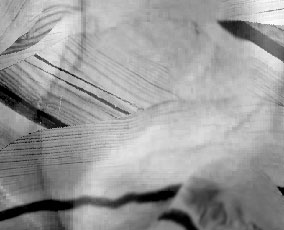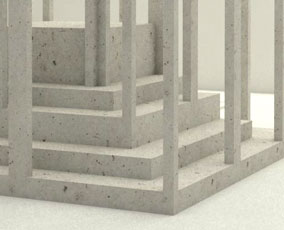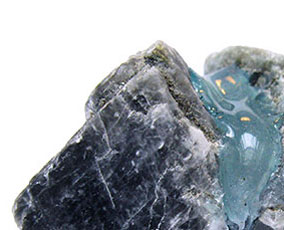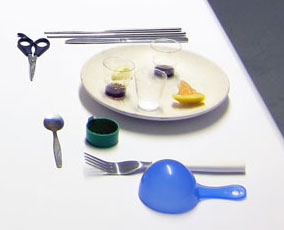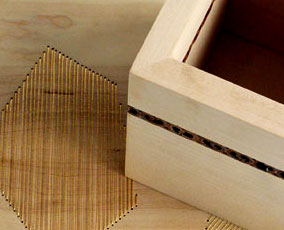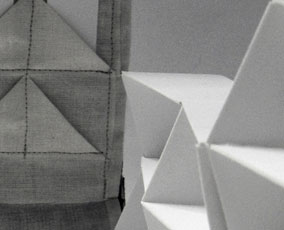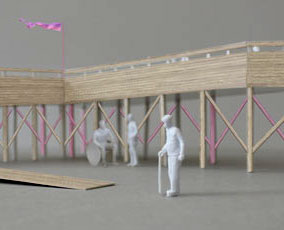Konstfack Degree Exhibition 2014 / Vårutställning 2014
The student’s projects reflect the needs of our contemporary society and may also tell us something about the future that we are headed for. Their projects are influenced by the focus of our education; a focus which is both on the professional and the subject of interior architecture.
The works are shaped by the students’ dreams and interests as well as by their hard work. It is always fantastic to follow them throughout the degree project process and to see the results presented in several steps, of which the Spring exhibition is just one. So here we go again!
This year’s projects span a range that is constantly relating to the human body, but some are very small and some are very large. The questions posed concern parts of the history of design and architecture, design hierarchies, cultural norms and design processes. They focus on time, movement and memory. They focus on events, places and experiences and in all these questions we use the relation between body and person, object and space as an important part of the examination, and interior architecture and design as theory to reach a result. Methods differ. The driving forces of the work vary, sometimes it is the material and the technique, sometimes the written word, sometimes materiality and the concept, often times it is intuition.
This year, our students offer spatial objects that may or may not clearly be furniture, furniture that approach the spatial scale, objects – or furniture – that give a new spatiality to parts of the city, abstract objects that become furniture, which turn back into abstract objects, spaces that stretch out as a single entity or spread out as parts of a larger entity, spatial objects/spaces that offer a fixed point or become landmarks, objects born from subjective narratives and sensory memories and objects born from subjective narratives that have tried to seem objective; and these objects and histories are now creating new spaces in the world.
Or they may offer designs for a small square in Akalla; five usable/decorative objects; a piece of storage furniture; a swing; a stop; graffiti galleries; a stand; a mat; a table; a box; a travelogue; a handbook for designers and two shelving systems; a patterned armchair/chaise longue; 4+1 food stories; nine pavilions; and one installation.
We hope that the exhibition is both immediate and inviting to discussion. We are proud of our gifted students and happy that they will now become part of the world in a new way, to continue their learning but also to contribute to positive change, using their keen questions and dreams.
Anna Odlinge, Associate Professor at the Interior Architecture and Furniture Design program
Studenternas arbeten återspeglar vårt nuvarande samhälles behov och berättar kanske även något om den framtid vi är på väg in i. Deras arbeten påverkas av det fokus vår utbildning har; ett fokus som både riktar sig mot professionen och ämnet inredningsarkitektur.
Arbetena formas av studenternas drömmar och speciella intressen och av deras enträgna arbete. Det är alltid fantastiskt att få följa dem i examensarbetsprocesserna och ta del av det resultat som presenteras i olika steg, varav ett är vårutställningen – det är dags igen!
Årets projekt spänner över en skala, som alltid förhåller sig till den mänskliga kroppen, men delvis är de mycket stora och delvis mycket små. Frågeställningarna granskar delar av formgivnings- och arkitekturhistorien, av designhierarkier, av kulturella normer och formgivningsprocesser; de kretsar kring tid, förflyttning och minne; de fokuserar på händelser, platser och upplevelser och i alla dessa frågeställningar använder vi relationen mellan kropp och människa, objekt och rum som en viktig del av undersökningen och inredningsarkitekturen och gestaltningen som teori för att nå ett resultat. Metoderna är olika. Ibland driver materialet och tekniken arbetet framåt, ibland det skrivna ordet, ibland materialiteten och konceptet och ofta intuitionen.
Våra studenter erbjuder i år rumsliga objekt som ibland är tydliga möbler och ibland inte, möbler som närmar sig rumslig skala, objekt, eller är de möbler, som ger ny rumslighet i olika delar av staden, abstrakta objekt som blir möbler, som blir abstrakta objekt igen, rum/rumsligheter som breder ut sig i ett stycke, eller sprider ut sig som delar av en helhet, rumsliga objekt/rum som erbjuder en hållpunkt eller blir landmärken, objekt sprungna ur subjektiva historier och sinnliga minnen och objekt sprungna ur subjektiva historier som velat framstå som objektiva, och objekten och historierna skapar nu nya rum i världen.
Eller så erbjuder de gestaltning av ett ytterrum i Akalla; fem användbara/dekorativa objekt; en förvaringsmöbel; en gunga; en hållplats; graffitti-gallerier; en läktare; en matta; ett bord; en ask; en reseberättelse; en handbok för designers och två hyllsystem; en mönstrad fåtölj/schäslong; 4+1 matberättelser; nio paviljonger; samt en installation.
Vi hoppas att utställningen är både omedelbar och öppnar för diskussion. Vi är stolta över våra begåvade studenter och glada över att de nu på ett nytt sätt blir del av världen för att både fortsätta sitt lärande men också bidra till positiv förändring med envisa frågeställningar och drömmar.
Anna Odlinge, lektor i arkitektur
